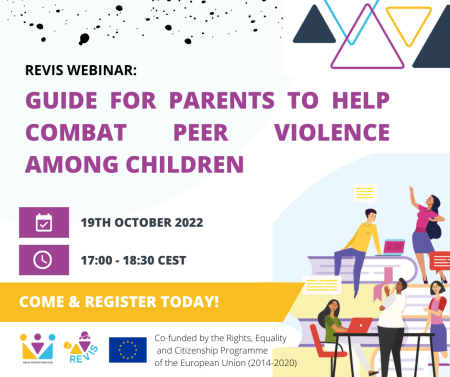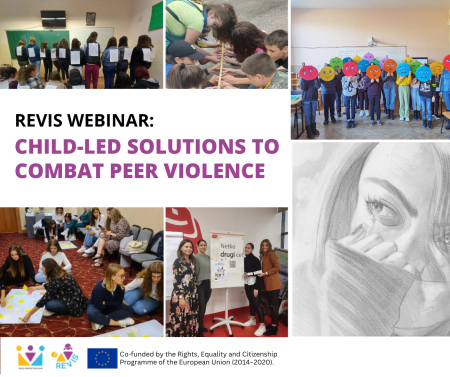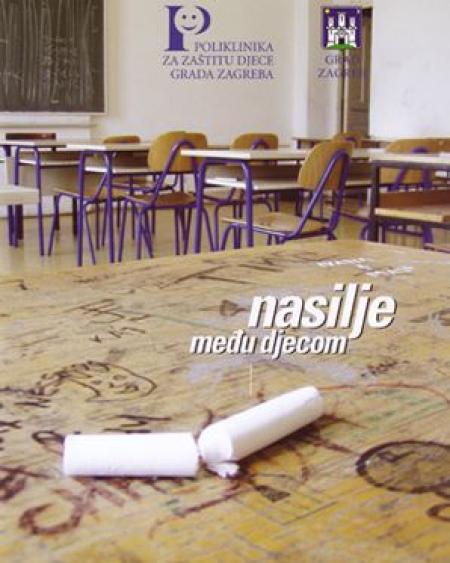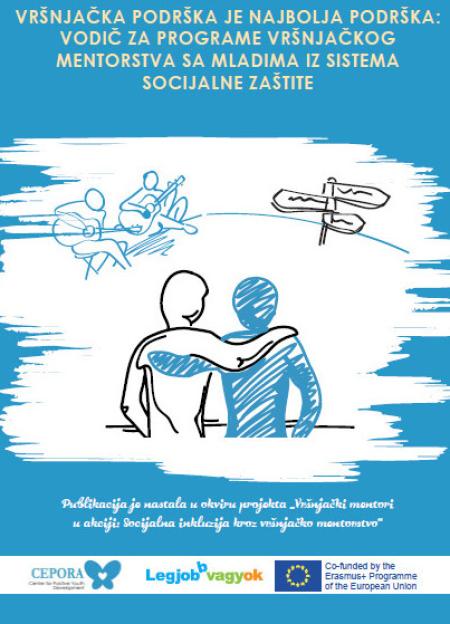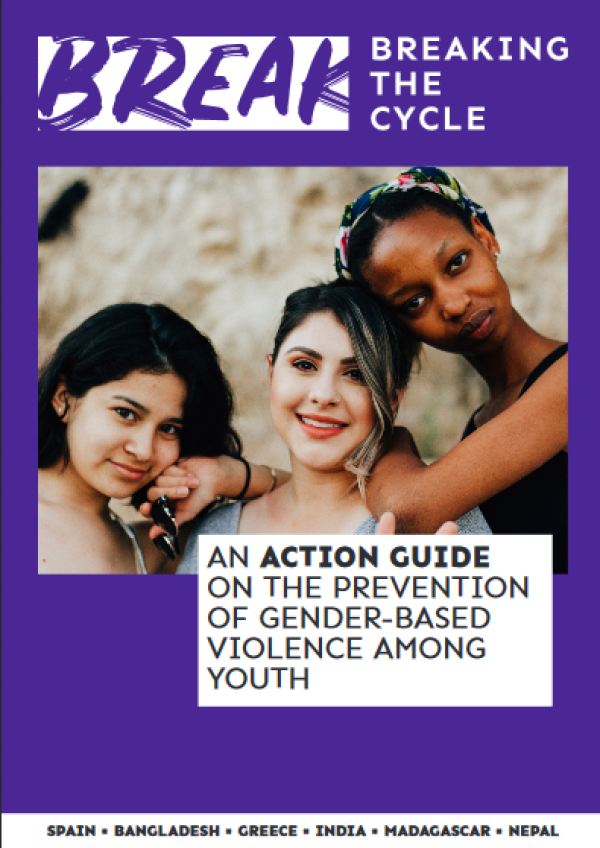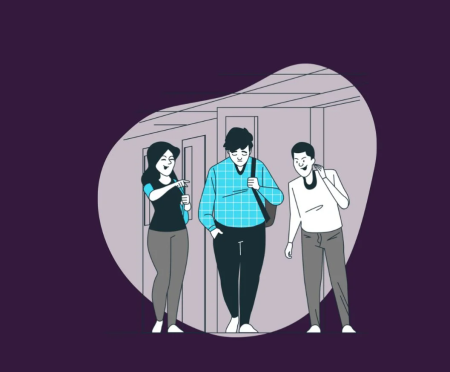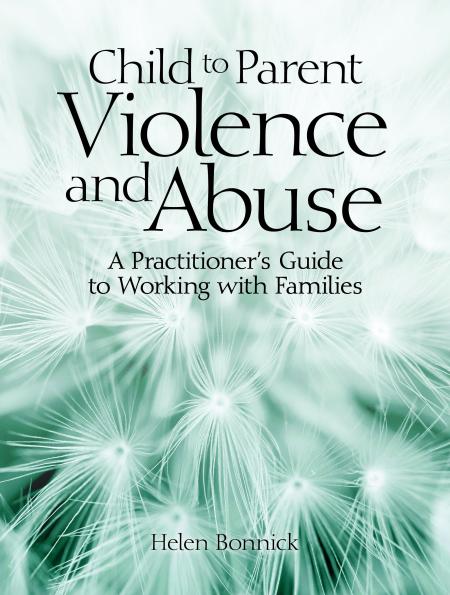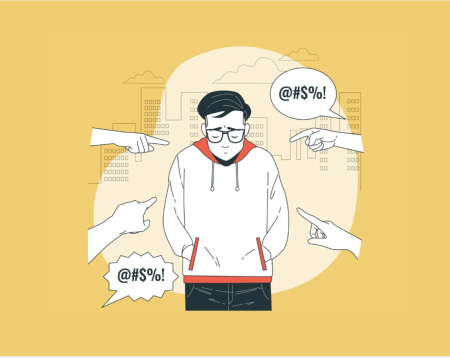Children's behaviour in different social settings is shaped by social and gender norms and expectations. Parents, specifically in the early years of development, play an important part in influencing the behaviour and personality of their children. During this process of development, the major concern among parents is how to prevent their children from engaging in violence and being a victim of violence in different settings.
Responding to Violence against Children in Schools and adjacent settings (REVIS) is a project led by Terre des hommes Hungary. The project brings together five child protection organisations from South East Europe which are experienced in working towards the prevention of violence against children, empowering childcare professionals and helping children become a part of the debate and participate in preventing harmful practices.
The project specifically focuses on the prevention of peer-to-peer violence among children by modifying gender and social norms and behaviours.
Within the framework of the REVIS project, a guide has been developed for parents to help them in preventing and responding to peer violence among children. It mainly focuses on addressing those gender and social norms in society which can lead to violence among children.
The guide will thus help parents identify the norms and behaviours at home which may lead to children's violent behaviours in school and vice versa. It will help them identify instances of peer violence and how to deal with them. It will help parents become role models for their children. The chart below helps in understanding what the guide is and how it is useful for parents:
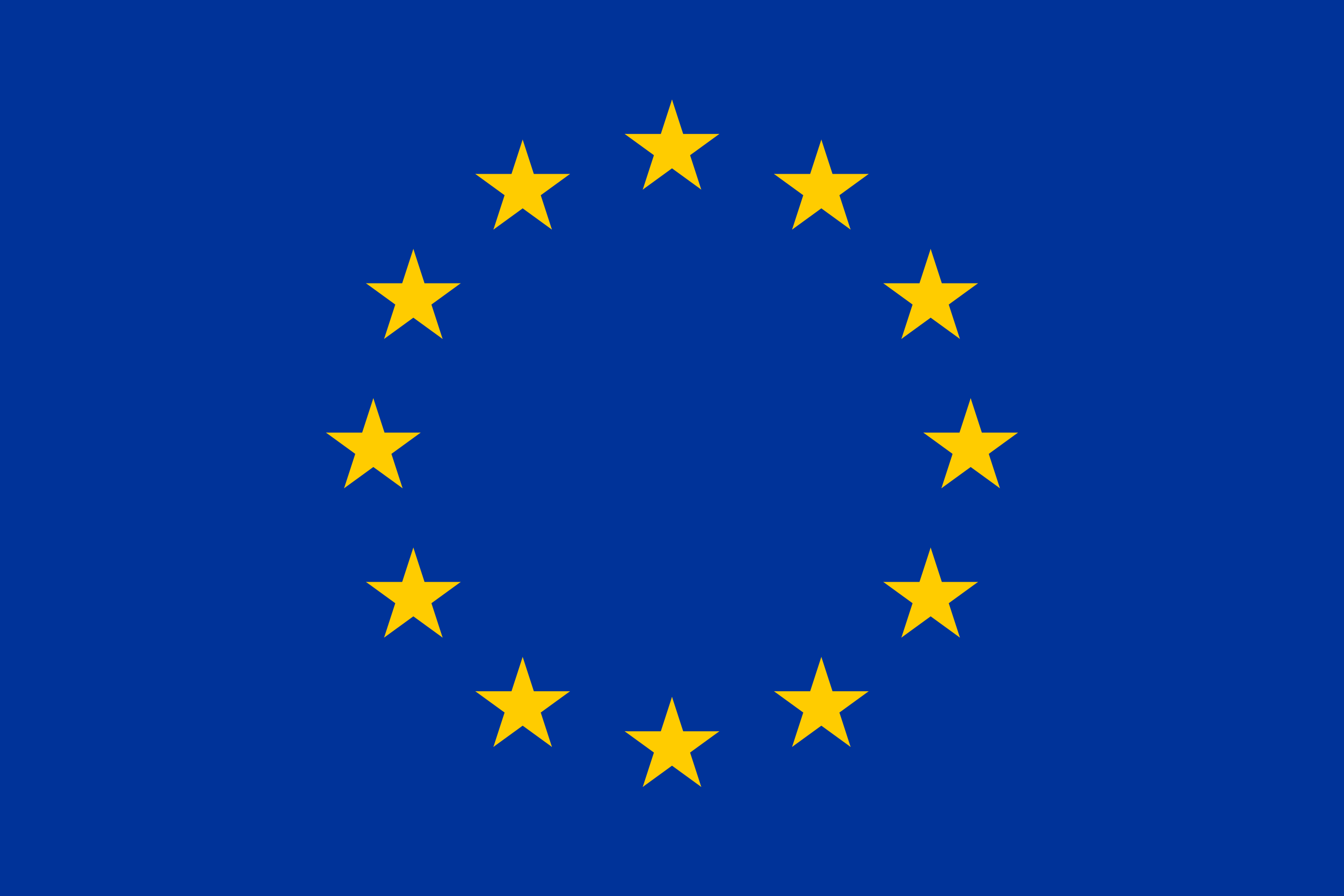
The REVIS project is co-funded by the Rights, Equality and Citizenship Programme of the European Union (2014–2020).



